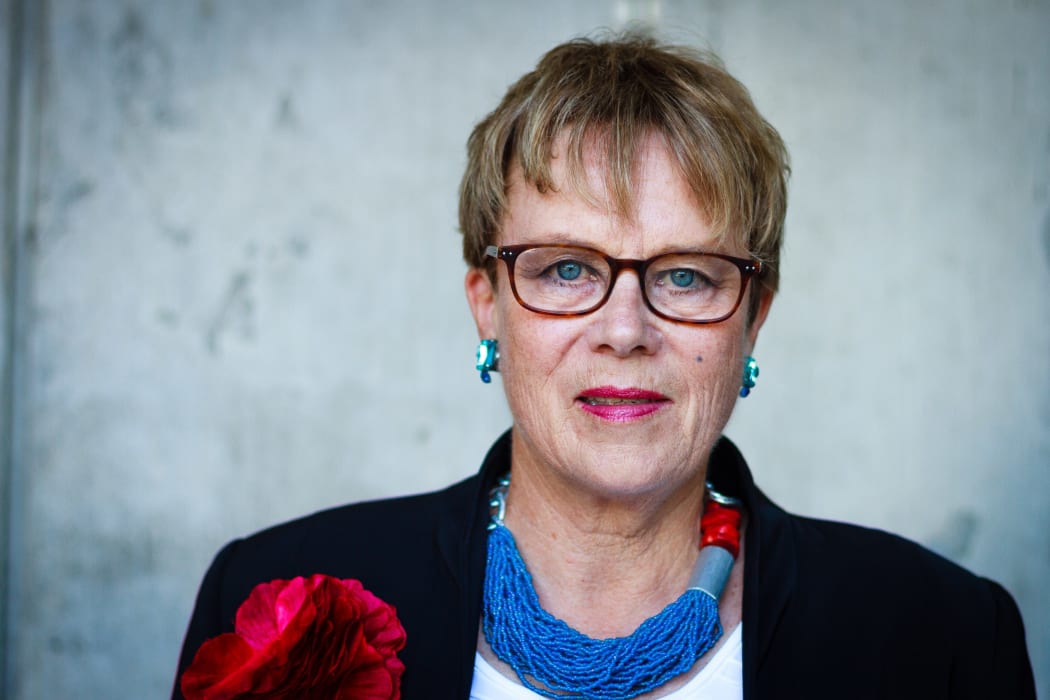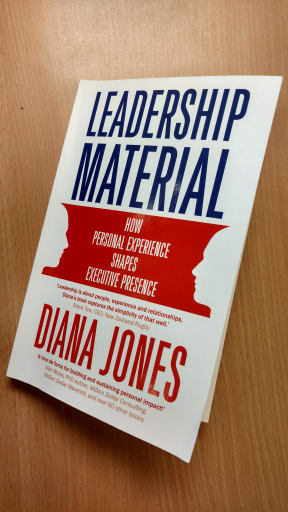
Author of Leadership Material, Diana Jones. Photo: Supplied
Kathryn Ryan talks to leadership coach Diana Jones about how to develop the "soft" skills that she says are critical to good leadership. Diana has spent 30 years advising executive teams in New Zealand's public and private institutions.
The role of a leader:
“At its heart, it’s the ability of one person to connect with another, or with the group of people they are with. The role of the leader, is [to] have a vision of what might be possible and they also believe the people they are with are capable of working towards or aspiring to that vision. So they have an ability to create unity where there are a lot of differences among the people they are with.”
On 'the rational leader':
“It’s the biggest leadership myth out and I think it has taken us all in the wrong direction. There has been a complete overvaluing of thinking and rationality. You can see in the world, there is a lot of emotional. You look at what is happening in Britain, what is happening in America, even what is happening in New Zealand. There is a lot of emotional response to what’s occurring to leadership in all sorts of organisations in all forms. So it’s naïve to think that thinking is the main way to relate to people.
“So if you look at behaviour, that is at least three elements; there’s thinking, there’s feeling and there’s action, and if thinking leads and it is a dominant element, you are likely to get a very conceptual approach to something. It doesn’t deal with the real nitty gritty.”

Photo: Radio NZ/ William Ray
Characteristics of the rational leader:
“‘There’s one way to do this, if we do it like this, we’ll go there, it’ll be linear…’ and many organisations who go along that path find that life happens. People don’t cooperate, they’re not able to produce, they can’t engender the cooperation and the leaders don’t remove the road blocks.
“The vision might be great, but the capacity for the leader to get people there requires relationships, it requires understanding, it requires… simple things like saying, this is really difficult, what we are going to do? How are we going to do it? That way it’s an engagement process. It’s not just the leader saying, ‘this is how it’s done’.”
Good leaders need to have emotional intelligence:
“Emotional intelligence is reading how another person feels. You can really put yourself in their shoes… what is the feel in the group? What is the level of anxiety? What is the underlying feel there? It’s being able to read when people are annoyed and work out how you’re going to deal with that. When this gets ignored, it comes back and it comes back and it costs a lot of money to resolve it. So having the social intelligence to be able to read the mood of a group and the feel of the group and what is required, that is one of the capacities that leaders need. It’s naïve to think they don’t.”
How to deal with a bad leader:
“It works when the leader is willing to listen, and it works when those within the group are willing to stay involved in that conversation. It’s called bringing the elephant into the room. But you can’t bring the elephant into the room unless you’re also willing to be the elephant tamer, so you’ve got to hang in, you’ve got to be willing to go through something difficult and it’s very powerful when people do that.”
Navigating change:
“The typical mistakes are when change is done rationally and linearly. Successful change is where leaders maintain the relationships with people around them, under the stressful conditions of change and often that can be organic. The big dilemma I see, most successful change isn’t implemented. So they do the change, but nothing’s implemented. You never hear the results of that change. Successful change is when people can stay in communication with one and other, work with the tough stuff, give the tough messages, but also say, we’re there now.”

